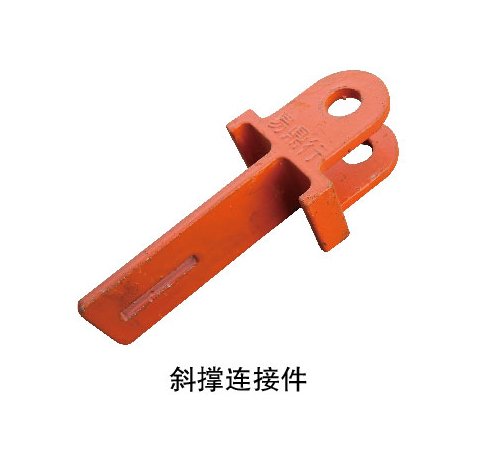
lvl scaffolding plank
The Importance of LVL Scaffolding Planks in Construction
In the construction industry, safety and reliability are paramount. Among the myriad of materials used, LVL (Laminated Veneer Lumber) scaffolding planks stand out for their enhanced performance and durability. Understanding the significance of LVL scaffolding planks can provide insights into their advantages and why they are increasingly becoming a preferred choice for contractors worldwide.
What is LVL?
Laminated Veneer Lumber is an engineered wood product made from multiple layers of thin wood veneers glued together under heat and pressure. This manufacturing process results in a material that boasts superior strength, stability, and resistance to warping compared to traditional lumber. The structural integrity of LVL makes it an ideal choice for scaffolding planks, which must support significant loads while ensuring the safety of workers.
Advantages of LVL Scaffolding Planks
1. Enhanced Load-Bearing Capacity One of the primary benefits of LVL scaffolding planks is their high load-bearing capacity. Unlike conventional timber, LVL is designed to withstand greater stress, making it suitable for heavy-duty applications in construction. This reduces the risk of planks breaking or bending under pressure, crucial for ensuring worker safety.
2. Lightweight Yet Strong Despite their strength, LVL planks are relatively lightweight compared to traditional materials like steel or solid wood. This lightweight nature contributes to easier handling and a quicker setup process, allowing construction projects to proceed more efficiently.
lvl scaffolding plank

3. Dimensional Stability LVL planks are less prone to warping, splitting, or cracking compared to solid wood options. Their engineered design minimizes the risk of defects, leading to more consistent and dependable performance over time. This stability is particularly important in scaffolding, where uneven surfaces can pose significant hazards.
4. Cost-Effectiveness While the initial cost of LVL planks may be higher than some traditional materials, their longevity and reduced maintenance needs make them a cost-effective option in the long run. Contractors can save significantly on replacement and repair costs due to the durable nature of LVL.
5. Environmentally Friendly With increasing awareness of environmental issues, many builders are seeking sustainable materials. LVL is often made from fast-growing trees and is produced in a way that maximizes the use of the wood, minimizing waste. Moreover, because LVL planks last longer, they contribute to more sustainable construction practices.
Applications in Construction
LVL scaffolding planks are utilized in various construction scenarios, from residential buildings to large-scale commercial projects. They are commonly used in both temporary and permanent scaffolding setups, providing a safe platform for workers while facilitating the construction process. LVL is also versatile enough to be used in formwork for concrete structures, adding to its appeal in the industry.
Conclusion
In conclusion, LVL scaffolding planks represent a revolutionary advancement in construction materials. With their superior strength, lightweight design, dimensional stability, cost-effectiveness, and eco-friendliness, LVL has become a cornerstone of modern scaffolding systems. As the construction industry continues to evolve, embracing innovative materials like LVL will be crucial for enhancing safety, efficiency, and sustainability on job sites. With the rise in awareness of these benefits, it is clear that LVL scaffolding planks will play an increasingly prominent role in shaping the future of construction.
-
The Importance of Reinforcement Bar in ConstructionNewsJul.11,2025
-
The Durability of Timber Steel FurnitureNewsJul.11,2025
-
How to Assemble Fixed Clamp Scaffolding SafelyNewsJul.11,2025
-
Essential Column Rebar Specifications for High-Rise BuildingsNewsJul.11,2025
-
Common Applications of Steel Keels in ConstructionNewsJul.11,2025
-
Benefits of Using Aluminum Scaffolding Ladders Over SteelNewsJul.11,2025
-
Stainless Steel Keel: Analysis of the Triple Advantages of Rigidity, Stability, and LightweightNewsJun.19,2025










